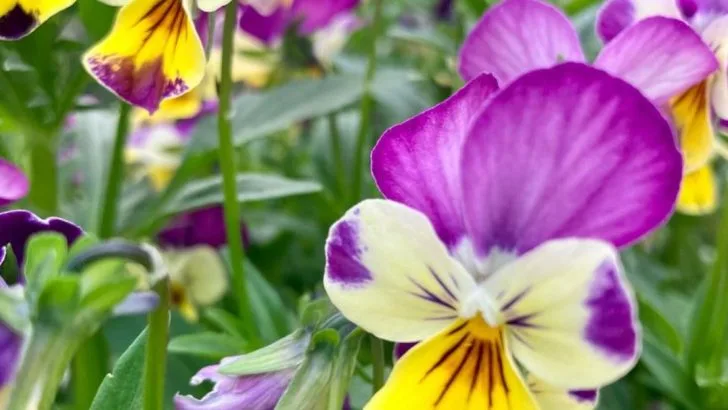Your garden can be more than just a feast for the eyes—it can be a flavorful addition to your kitchen, too. Many beautiful blooms are also completely edible, offering subtle flavors that can brighten up salads, desserts, drinks, and more. Growing edible flowers at home lets you enjoy both visual beauty and culinary creativity, all from the same space.
This list features 11 edible flowers that are not only easy to grow in a backyard setting but also safe and surprisingly delicious. Whether you’re new to gardening or looking to add something fresh to your plate, these blooms will turn your yard into a multi-sensory experience worth savoring.
Nasturtium

Pep up your plate with nasturtiums, a favorite among chefs for their peppery kick. Their bright blossoms, ranging from fiery reds to sunny yellows, aren’t just eye-catching; they add zest to salads and garnishes. Nestled among your vegetable patch, they not only beautify but also attract beneficial insects.
Try tossing them whole into salads or chop them up to infuse butter for an herbaceous spread. Their leaves are equally edible, offering a milder taste. Often used in pesto, these plants are as versatile as they are vibrant, requiring minimal care to flourish.
Calendula
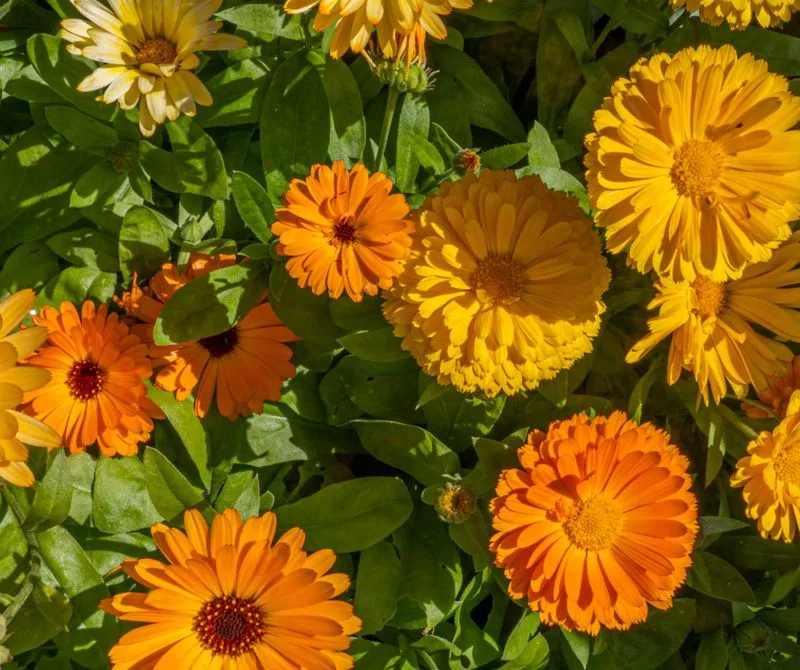
Known as the “poor man’s saffron,” calendula brings a golden hue and a hint of spice to dishes. Its daisy-like flowers are perfect for brightening up soups, stews, and rice. Easily sowed in pots or garden beds, they thrive in sunny spots.
More than just a culinary delight, calendula is prized in herbal remedies, offering soothing properties for skin irritations. Their petals can be dried and stored, extending their utility beyond the growing season. With a cheerful presence, these blooms are a sunny addition to any garden.
Borage
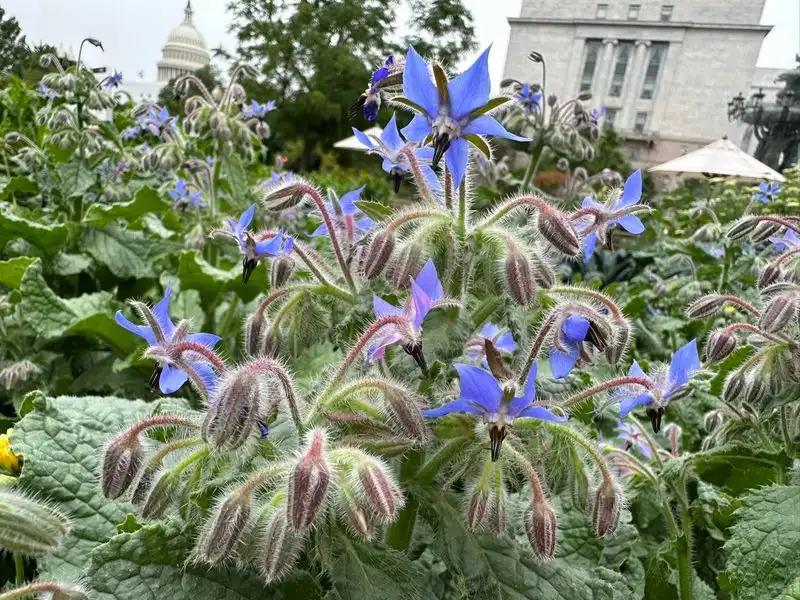
Borage, with its starry blue flowers, not only attracts bees but also adds a cucumber-like freshness to your dishes. These striking blossoms can be candied or used fresh in salads and beverages, offering a refreshing twist.
Plant them near tomatoes to enhance growth and flavor, a companion planting secret savvy gardeners swear by. Borage is easy to grow, often self-seeding and returning year after year, spreading its cheer across the garden. Its delicate flowers make every meal a bit more exciting.
Viola
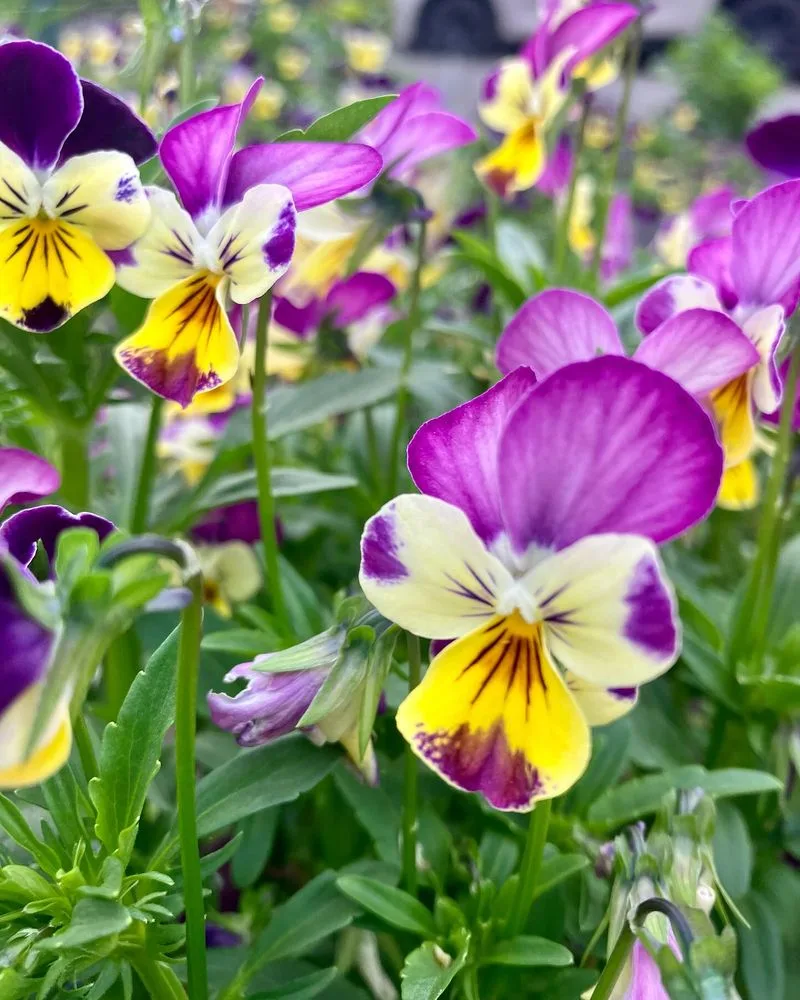
Violas bring a touch of whimsy with their delicate, heart-shaped petals in a riot of colors. These hardy little flowers thrive in cooler climates and shade, making them versatile garden companions.
Their mild taste makes them ideal for decorating cakes, cookies, or frozen in ice cubes for a floral touch to drinks. Often associated with romantic symbolism, violas’ vibrant hues brighten up any dish, making them as delightful on the plate as they are in the garden. Easy to grow, they’re a perfect start for beginners.
Chamomile

Gentle and calming, chamomile flowers are best known for their use in soothing teas. Their apple-like fragrance and small daisy-like appearance make them a charming addition to any garden.
Beyond tea, chamomile can infuse flavor in desserts or beauty in bath products. They prefer well-drained soils and sunny locations, thriving with little fuss. Their calming presence extends to the garden, where they attract beneficial insects and deter pests. These little blooms are a must-have for those seeking tranquility in their backyard.
Lavender

Lavender is not just a fragrance powerhouse; its culinary uses are equally impressive. Known for its sweet, floral flavor, it’s used in desserts, teas, and even savory dishes. Its stunning purple spikes are a feast for the eyes and the senses.
In the garden, lavender’s aroma can repel pests while attracting pollinators like bees and butterflies. It prefers sunny, dry spots, making it drought-tolerant and perfect for xeriscaping. Loved for centuries, its timeless charm continues to captivate both gardeners and chefs alike.
Chive Blossoms
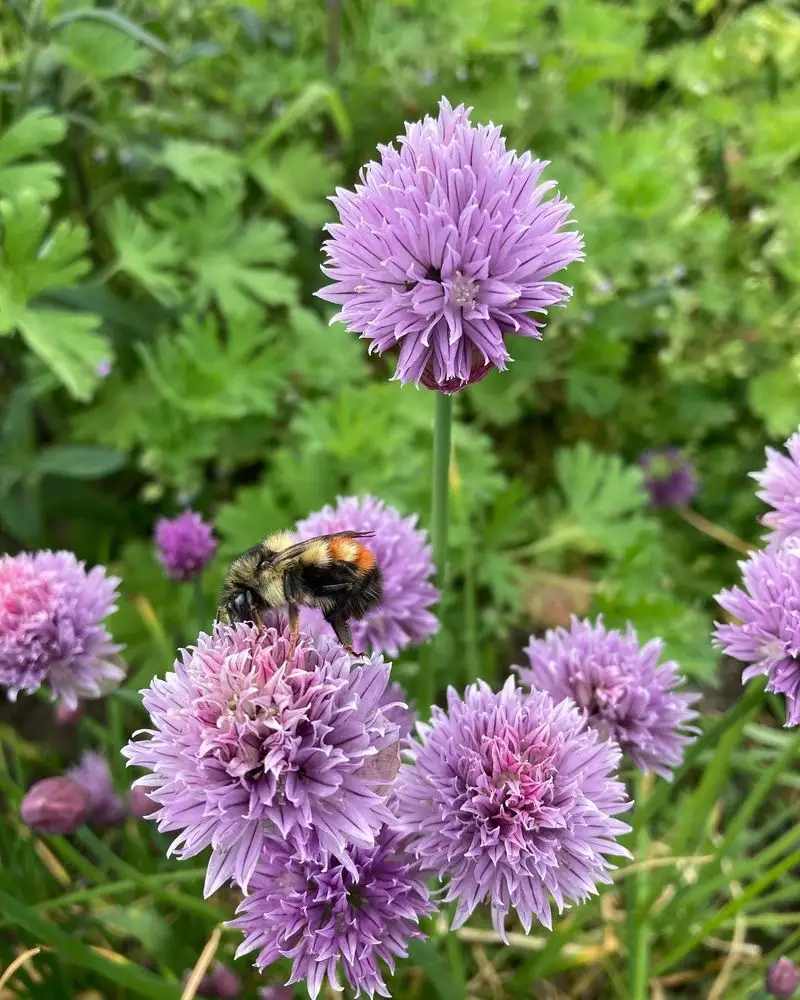
Chive blossoms are a delightful surprise, offering a mild onion flavor to dishes. These purple pom-poms can be snipped and scattered on salads, soups, or infused into vinegars for a subtle allium note.
Growing chives is a breeze; they thrive in pots or garden beds with little more than regular watering. Their blossoms are not just edible but visually striking, enhancing any culinary presentation. Perfect for those who enjoy gardening with a purpose, chives are a flavorful addition to your backyard.
Rosemary Flowers
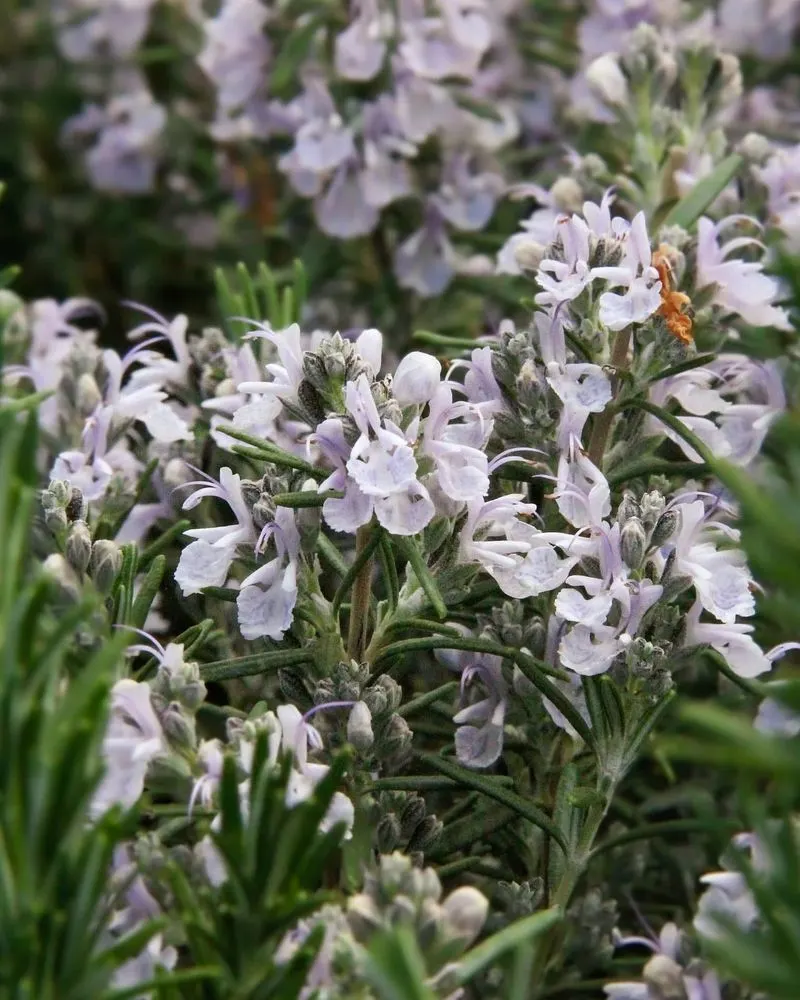
Rosemary flowers, though less known than their aromatic leaves, offer a milder version of the herb’s piney flavor. These tiny blue-violet blooms can be used fresh in salads, cocktails, or as a garnish.
Plant rosemary in a sunny spot where it can thrive with minimal watering, making it ideal for dry climates. Its flowers aren’t just tasty; they add a touch of elegance to garden and plate alike, proving that sometimes the smallest details have the biggest impact.
Dandelion
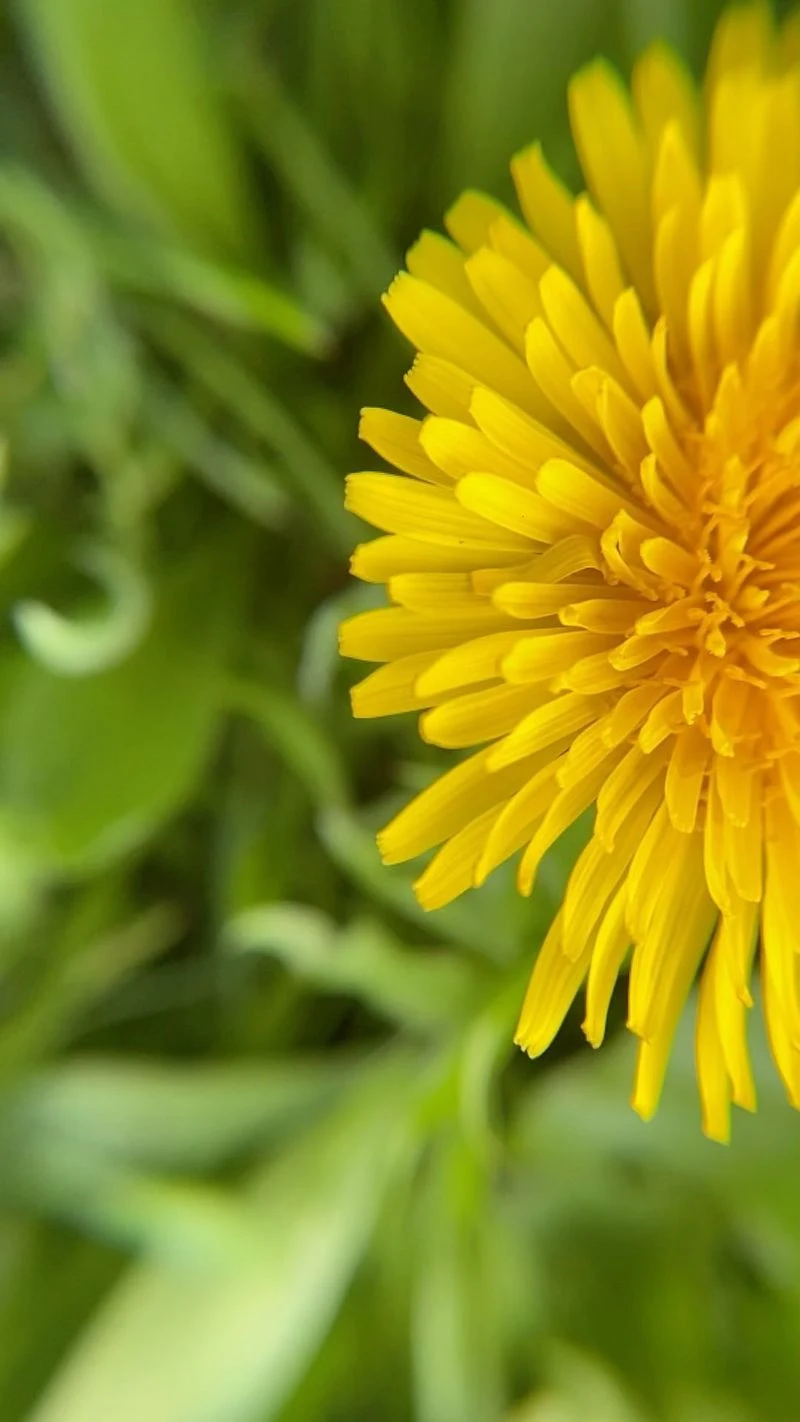
Often mislabeled as a weed, dandelions offer a bounty of edible possibilities. Their sunny yellow flowers are packed with antioxidants and can be used in salads, syrups, and wines.
Beyond the garden, dandelions are resilient, growing just about anywhere they find soil. Their flowers bring a touch of sunshine to your plate, and their roots and leaves are equally useful in herbal remedies. Embrace these misunderstood blooms for a sustainable source of nutrition and beauty.
Hibiscus

Hibiscus flowers are a tropical delight, known for their tart cranberry-like flavor. They’re perfect for teas, syrups, and cocktails, infusing a bright red hue and refreshing taste.
These showy blossoms are not just for tropical climates; they can be grown in pots and brought indoors during cooler months. Hibiscus is a star on the table and in the garden, known for its beauty and versatility. A splash of the exotic, they’re sure to elevate your home garden.
Squash Blossoms

Squash blossoms are a seasonal treat, offering a subtle zucchini flavor and a unique texture. These bright yellow flowers can be stuffed with cheese, battered, and fried for a delightful appetizer.
Growing alongside your summer squash, they reflect the bounty of the season. Harvest them early in the day when they’re open and fresh, making them an exciting addition to your culinary repertoire. Simple to grow and rewarding to harvest, squash blossoms are a gardener’s delight.

